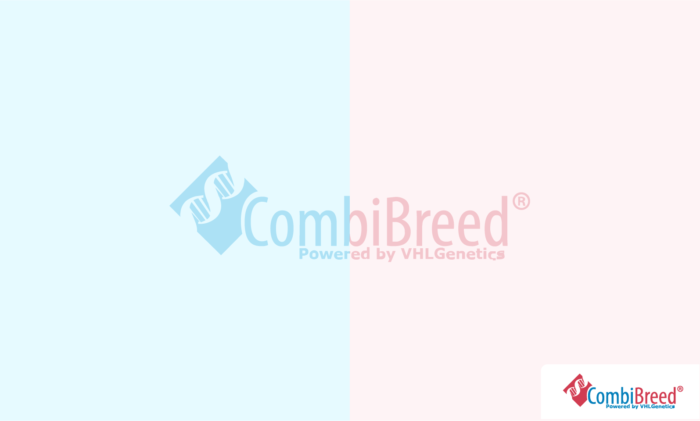
€57,48 €47,50 excl. VAT
Neuroaxonal dystrophy (NAD) in dogs is a hereditary condition that affects the nervous system.
10 working days
From €5,95 shipping and administration per order (incl. VAT)
Specifications
| Breeds | |
|---|---|
| Gene | |
| Chromosome | 8 |
| Mutation | c.4009C>T |
| Organ | |
| Specimen | Swab, Blood EDTA, Blood Heparin, Semen, Tissue |
| Mode of Inheritance | Autosomal Recessive |
| Also known as | NAD |
General information
Neuroaxonal dystrophy (NAD) in dogs is a hereditary condition that affects the nervous system. In the condition, there is swelling of cells in the brain which affect the communication with nerve cells. NAD can be present at birth or develop later in a dog’s life, leading to neurological dysfunction and loss of coordination.
There are multiple variants of mutations known in different breeds. This specific variant of the disorder, found in the Spanish Water Dog, is caused by a recessive mutation to the gene TECPR2.
Clinical features
Onset of signs is typically between 6 and 18 months of age and follows a progressive course of cognitive and motor regression and hypotonia.
Additional information
References
Pubmed ID: 26555167
Year published: 2015
Omia ID: 1975
Omia variant ID: